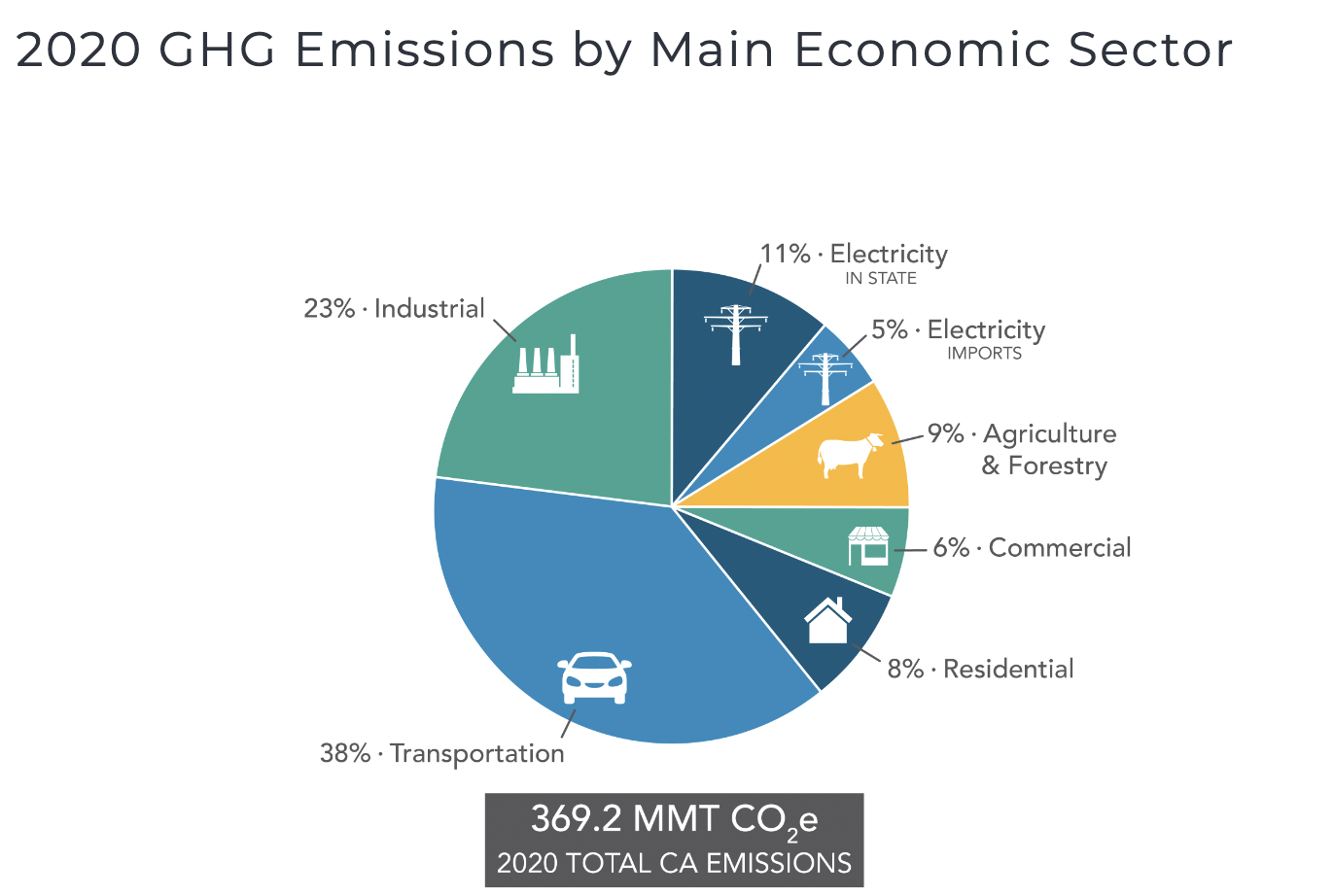
Clearing the Air: An Update on Title 24 CBSC Changes for 2023
If you didn’t live in San Francisco in the 1970s, it’s hard to imagine the smog. Check out some episodes of the hit crime drama Streets of San Francisco. In the city panorama shots, you can see smog conditions similar to the photo above.
Pretty awful, right? Los Angeles was even worse.
Fast forward to today. While smog from emissions has decreased significantly, California is now dealing with a regular “fire season” and smoke from wildfires related to drought and climate change.
What does all this have to do with building code updates?
Quite a lot.
Building codes are traditionally a pain point for stakeholders in the construction industry. We won’t sugarcoat the news – more changes took effect on January 1, with no grace period, and we can expect regular changes in coming years.
The California Building Standards Code (CBSC) addresses comprehensive regulations for overall public safety, of course. However, a portion of California’s Building code is tied to California’s Climate Action Plan (CCAP) as a vehicle to improve air quality. Many of the current CBSC changes are related to changes to the CCAP.
The Context for 2022 CBSC Changes
In 1967, legislators established the California Air Resources Board (CARB), the agency responsible for developing and implementing California’s air pollution control laws, which are among the most stringent in the United States.
On December 15, 2022, CARB adopted the Final 2022 Scoping Plan for Achieving Carbon Neutrality. This plan details how California can lower greenhouse gas (GHG) emissions by 85% below 1990 levels and attain carbon neutrality by 2045.
The chart below shows the range of sectors the CARB targets for reducing GHG emissions. Commercial and residential sectors represented about 14% of the total in 2020.

Source: California Air Resources Board
Promoting sustainability and energy efficiency in buildings is a crucial component of California’s Climate Action Plan. One way CARB influences the construction and building sector’s climate-related impact is through changes in the California Building Standards Code.
California Building Standards Code (CBSC): Title 24
In 1978, the California state legislature introduced the California Building Standards Code (CBSC) or Title 24, a single building code that unified all building standards across the state.
Title 24 has 12 chapters that outline the building regulations to ensure structural integrity and safety for the public. After a public comment period, the CBSC published the latest edition of the Title 24 guidelines in 2022. The most recent changes took effect on January 1, 2023.
CBSC Updates for January 2023
While not all of the changes are related to California’s climate goals, many are. They address emissions and climate change concerns and incorporate energy conservation and gas emission standards. The new Title 24 changes apply to the majority of new nonresidential and residential buildings, including:
- Apartment buildings
- Any condos taller than three stories
- Grocery stores
- Hospitals
- Hotels
- Office buildings
- Retailers
- Schools
Below are some overview changes; for specifics, please see the official webpage 2022 Title 24 California Code Changes. That page also has a downloadable PDF resource of the changes.
2022 CBSC Title 24 changes include:
- Updated energy efficiency standards for new and renovated buildings, including increased standards for lighting and HVAC systems.
- Builder incentives to make heat pumps the default choice over natural gas.
- New water conservation and efficient use standards include updated plumbing fixtures and systems requirements.
- New electric vehicle (EV) charging infrastructure requirements in parking lots for new and renovated non-residential and multifamily buildings.
- Updated accessibility standards for new and renovated buildings, including changes to requirements for restrooms and signage.
- New requirements for natural ventilation and air quality in certain types of buildings.
- Updates to seismic safety standards for buildings and other structures in California.
Please note that Title 24 is the baseline building code resource for California. Specific municipalities, such as San Francisco and surrounding cities, also have their own amendments and additions to the CBSC that require local compliance.
If that starts to feel overwhelming, we can help. We have worked regionally in the Bay Area area for years; feel free to contact us if you have any questions.
Moving Ahead
While California is leading the way in reducing GHG emissions, the price everyone pays is higher costs and more complexity on job sites already subject to public safety requirements related to density and earthquakes.
So why do clients still want to build in Northern California?
It’s because, despite the challenges, there is no place on the planet like Northern California.
Our founders started SBC in 1978 when the view out the window looked more like the smoggy Streets of San Francisco footage. We’ve seen the region’s progress in improving the view, as in the recent photo below.

We are proud to be in the mix of the area’s unique combination of innovative people and projects. We have already embraced innovative construction trends that promote a greener, healthier Bay Area and have deep experience with sustainability in construction design.
We have 45+ years of experience and a deep understanding of the construction issues that drive Bay Area development. We are well-versed in project requirements for offices, R&D, high tech, clean tech, life sciences, retail, hospitality, and mixed-use construction.
If you have any questions about how the 2022 code updates will affect your next project, we have some answers. Contact us at (408) 379-5500.



